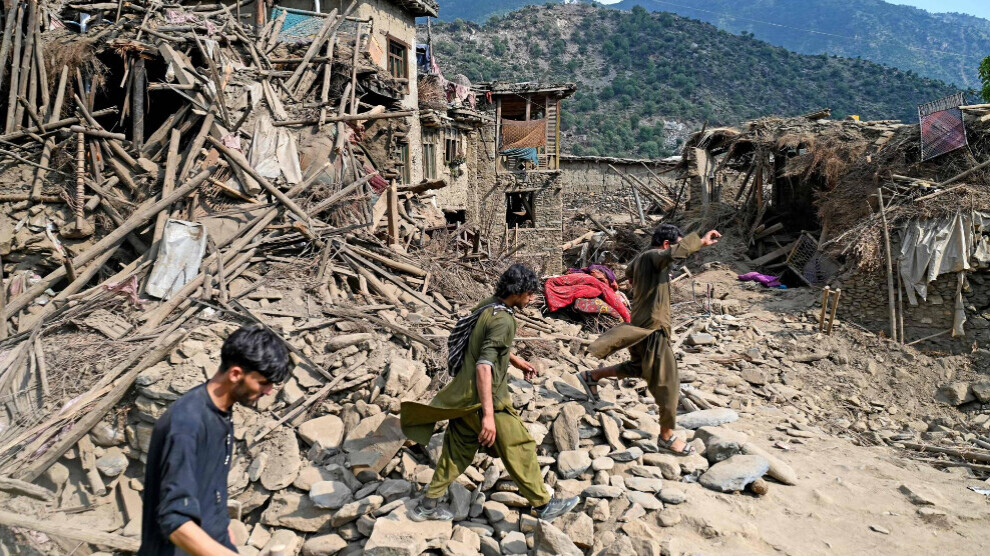UN official: Afghanistan’s humanitarian crisis demands urgent response
UNHCR urged urgent aid after Afghanistan’s deadly quake, saying women and children suffer most amid collapsed infrastructure and critical shortages of shelter, healthcare, and essentials.

News Center - A 6.0-magnitude earthquake struck eastern Afghanistan in late August, followed by a series of aftershocks that killed and injured thousands, triggering a humanitarian catastrophe.
Rabab Bassam, Head of External Relations at the UNHCR, said on Wednesday, September 4, that the earthquake was “catastrophic by all measures,” leaving behind a massive humanitarian tragedy. She emphasized that the situation now requires “urgent and intensified intervention, as we are facing a deepening humanitarian crisis.”
She explained that the conditions in the affected areas are dire, with women and children disproportionately impacted. Homes have been destroyed, health facilities disabled, and supply routes blocked by landslides and road closures, resulting in acute shortages of shelter, healthcare, clean water, sanitation, and food.
According to Bassam, UNHCR is working along two parallel tracks: the first focuses on meeting urgent needs—search and rescue, medical care, and emergency shelter—while the second supports returnees with reception, screening, reintegration assistance, and temporary housing.
She stressed the urgent need for international support to bridge funding gaps and ensure aid delivery. “We call on the international community to provide immediate assistance to prevent further tragedies, especially as Afghanistan is already facing multiple crises, including severe drought and the mass return of millions of Afghans from neighboring countries,” she said.
The death toll from the earthquake in Kunar province has risen to 1,411, with more than 3,000 injured, according to Afghanistan’s Disaster Management Authority, which warned the numbers are expected to rise as rescue operations continue amid ongoing aftershocks.
Thousands of homes have collapsed, particularly in mountainous and remote areas where rescue teams face major challenges reaching survivors due to rugged terrain and blocked roads.
